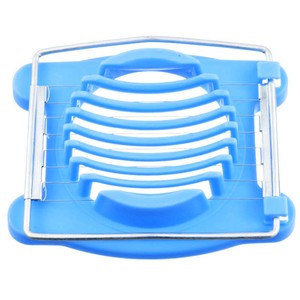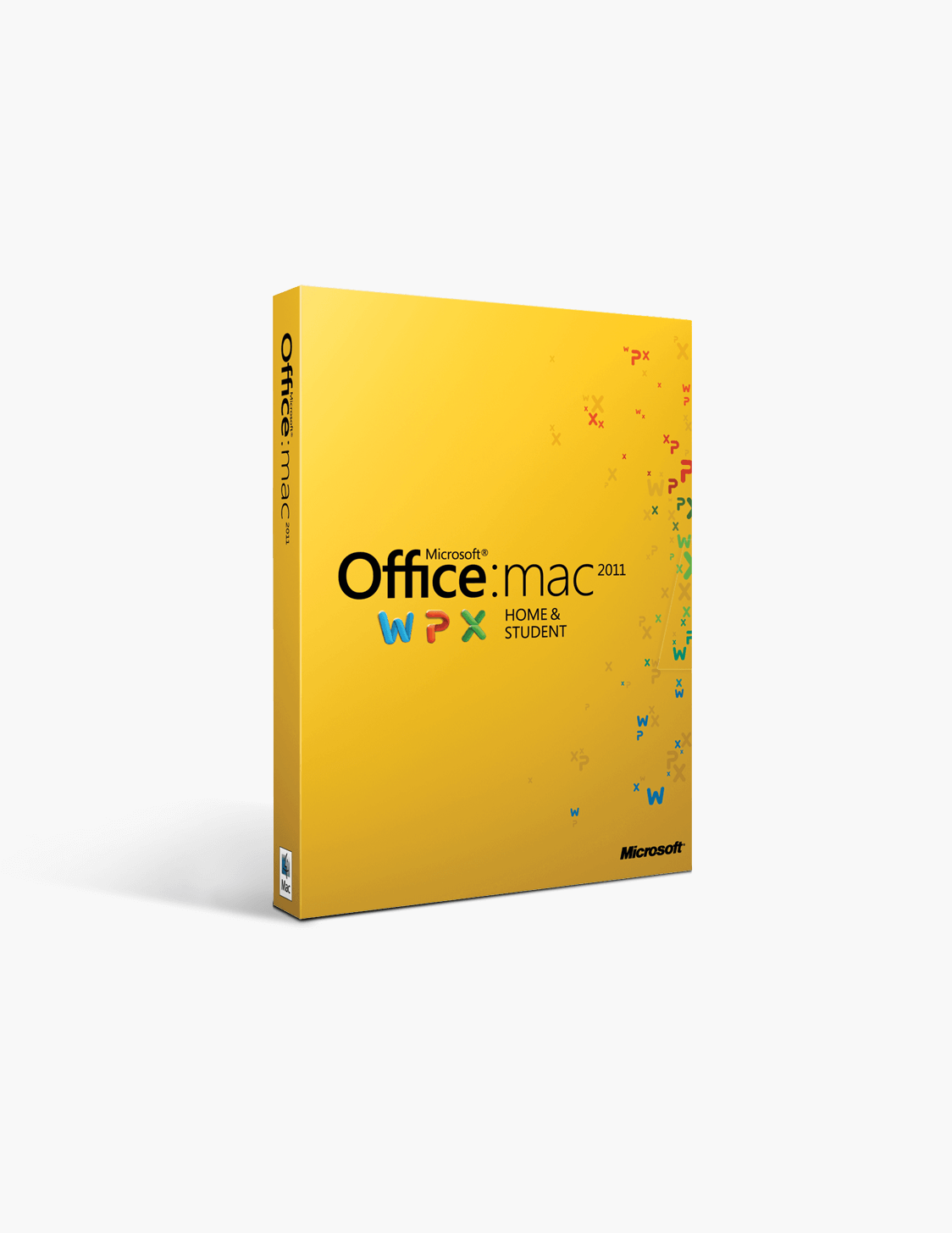Think GIF is the most delicious kind of peanut butter? And AI was that weird sci-fi movie starring Haley Joel Osment?
Well, you’re not wrong. But today we’re talking image formats and all those pesky little files that we use to create visual content for print and web. Every graphic you see online is an image file. Most everything you see printed on paper, plastic or a t-shirt came from an image file. These files come in a variety of formats, and each is optimized for a specific use.
Using the right type for the right job means your design will come out picture perfect and just how you intended. The wrong format could mean a bad print or a poor web image, a giant download or a missing graphic in an email.

A disk image is an archive file that contains the exact contents of a CD or DVD. Disk image files may be saved as the ISO (.iso) file type, the Nero (.nrg) file type or the Bin and Cue image type, among others.Several applications can help you “mount” the disk image file, as if the file was burned to a CD or DVD, and read the files from the image. A file with the DMG file extension is an Apple Disk Image file, or sometimes called a Mac OS X Disk Image file, which is basically a digital reconstruction of a physical disc. For this reason, a DMG is often the file format used to store compressed software installers instead of having to use a physical disc. This wikiHow teaches you how to create a disc image file (ISO) from a CD or DVD on your Windows or Mac computer, as well as how to create your own disc image from files on your computer. ISOs can be mounted and run like a CD without having to actually insert the CD into your computer.
So let’s break it down. Welcome to Image File Formats 101. Let’s dive into the basics of each file type. Most image files fit into one of two general categories—raster files and vector files—and each category has its own specific uses. This breakdown isn’t perfect. For example, certain formats can actually contain elements of both types. But this is a good place to start when thinking about which format to use for your projects.
Table of contents • • • • • • • • • • • Raster images — Raster images are made up of a set grid of dots called pixels where each pixel is assigned a color. Unlike a vector image, raster images are resolution dependent, meaning they exist at one size. When you transform a raster image, you stretch the pixels themselves, which can result in a “pixelated” or blurry image. When you enlarge an image, your software is essentially guessing at what image data is missing based on the surrounding pixels. More often than not, the results aren’t great. RGB – by CMYK a four-color printing process that stands for c yan, m agenta, y ellow and k ey (black). These colors represent the four inks that will combine during the printing process.
Files saved in this format will be optimized for physical printing. RGB is a light-based color model that stands for r ed, g reen and b lue. I can't switch screen share in new skype for mac os. These are the three primary colors of light that combine to produce other colors. Files saved in this format will be optimized for the web, mobile phones, film and video—anything that appears on a screen.  Lossless Each raster image file is either lossless or lossy, depending on how the format handles your image data.
Lossless Each raster image file is either lossless or lossy, depending on how the format handles your image data.
Lossless image formats capture all of the data of your original file. Nothing from the original file, photo, or piece of art is lost—hence the term “lossless.” The file may still be compressed, but all lossless formats will be able to reconstruct your image to its original state. Lossy image formats approximate what your original image looks like. For example, a lossy image might reduce the amount of colors in your image or analyze the image for any unnecessary data. These clever technical tricks will typically reduce the file size, though they may reduce the quality of your image.
How To View A Mac Hard Drive On Windows
Free e readers for pc. Typically, lossy files are much smaller than lossless files, making them ideal to use online where file size and download speed are vital. JPEG/JPG — JPEG is a lossy raster format that stands for Joint Photographic Experts Group, the technical team that developed it. This is one of the most widely used formats online, typically for photos, email graphics and large web images like banner ads.